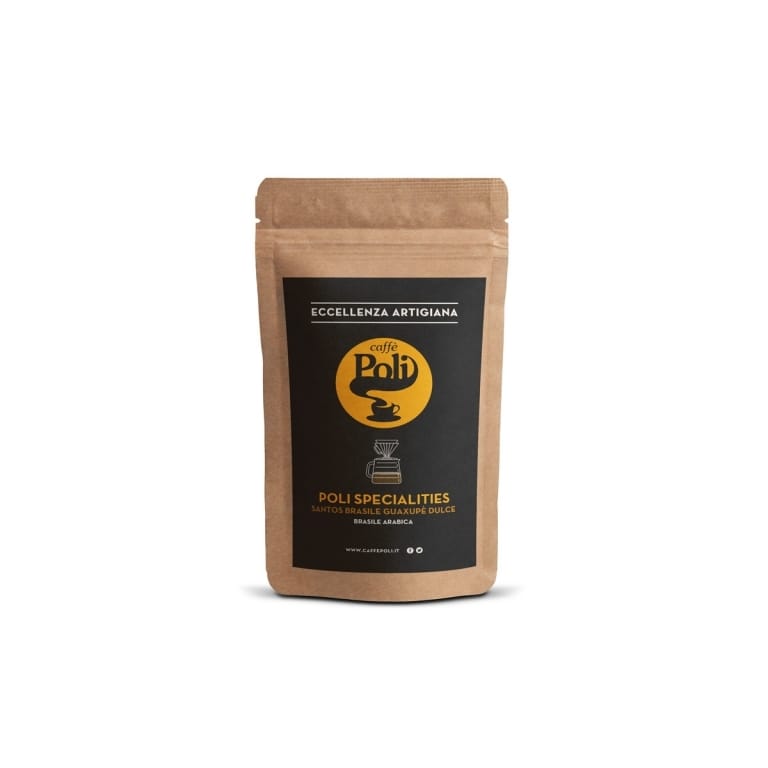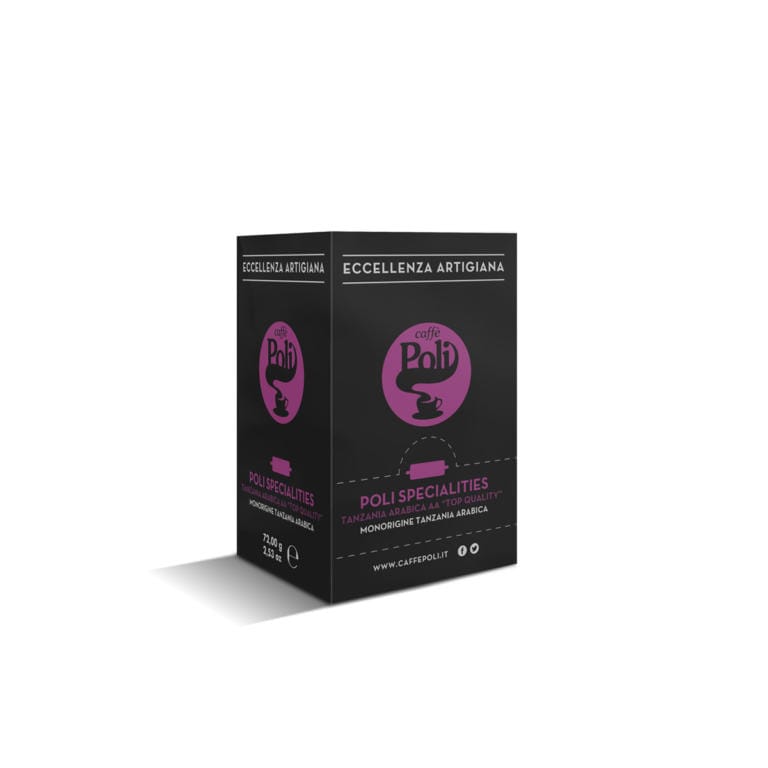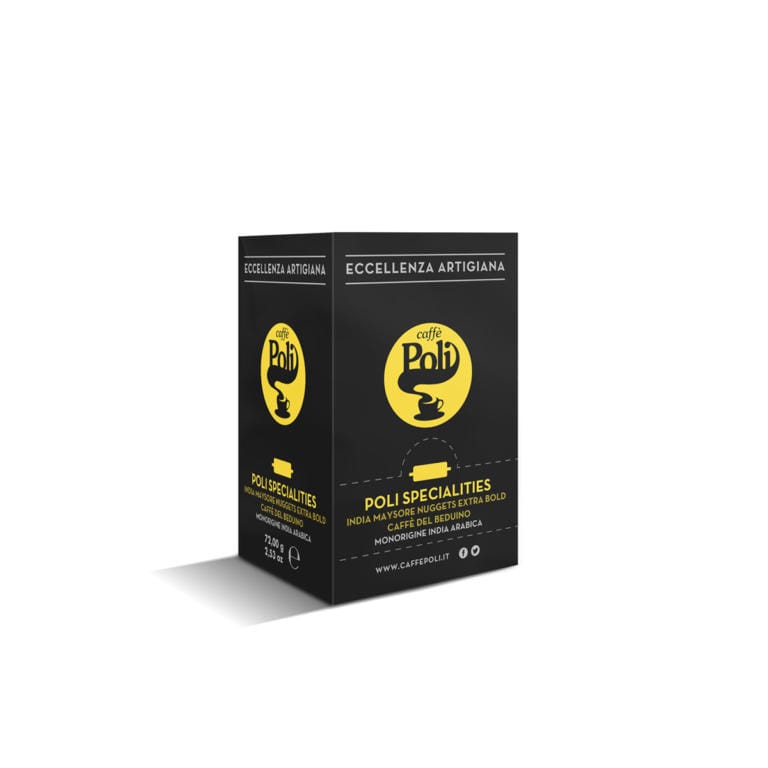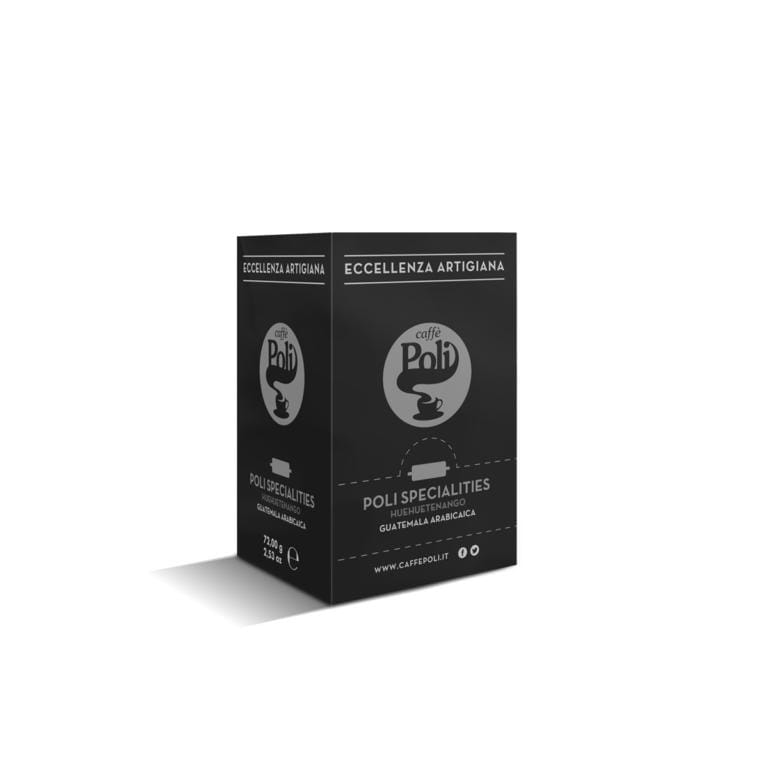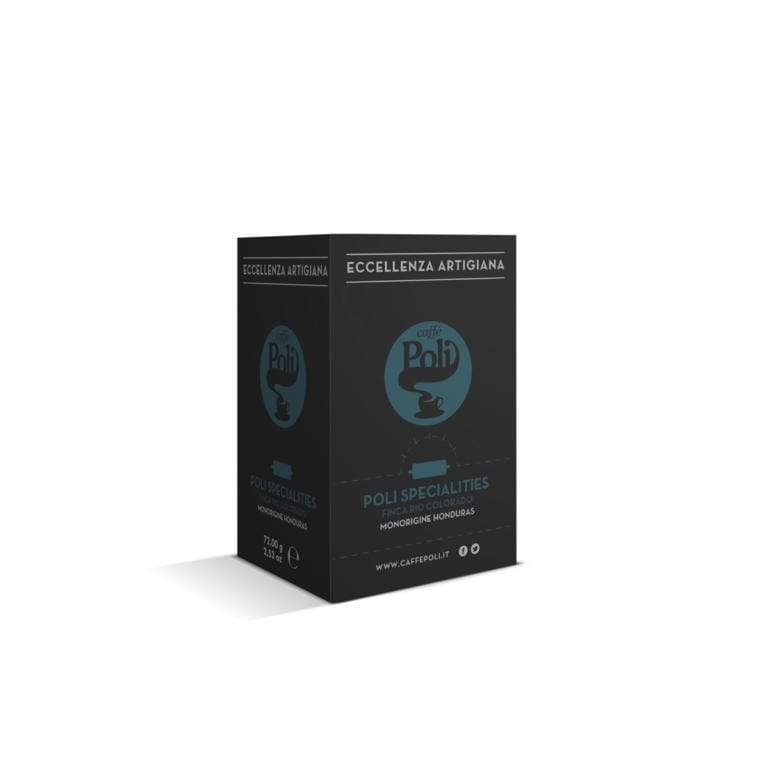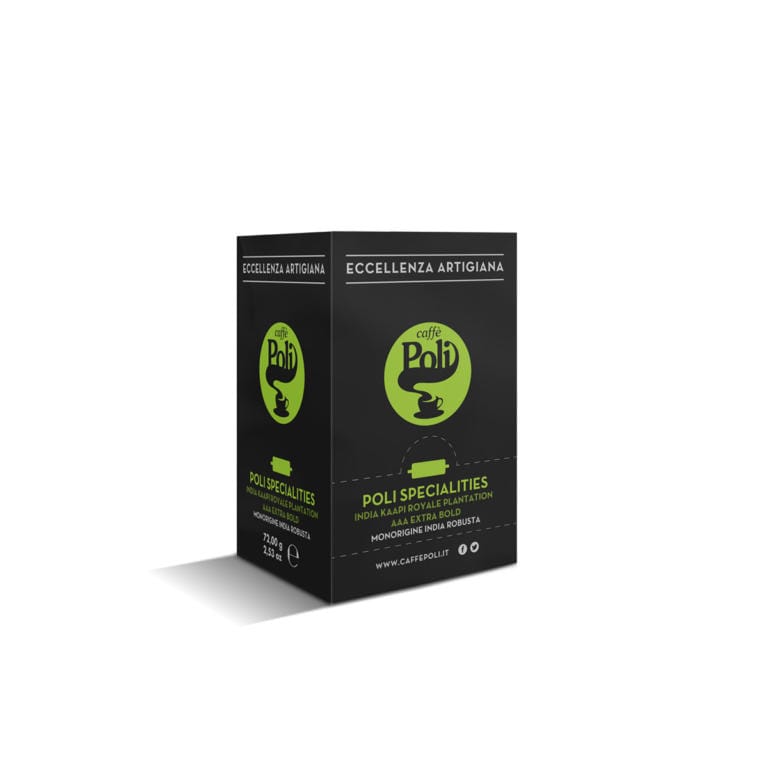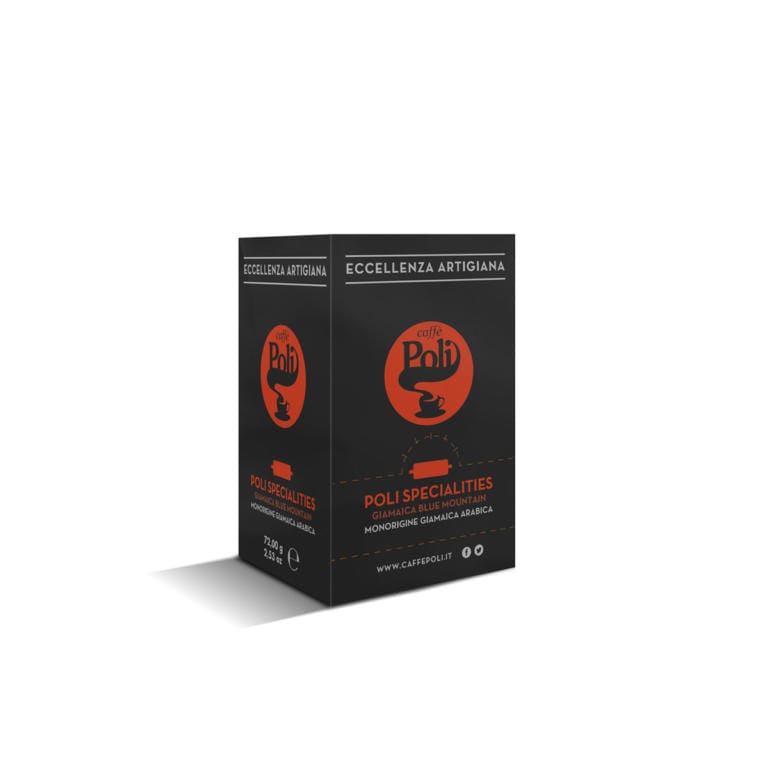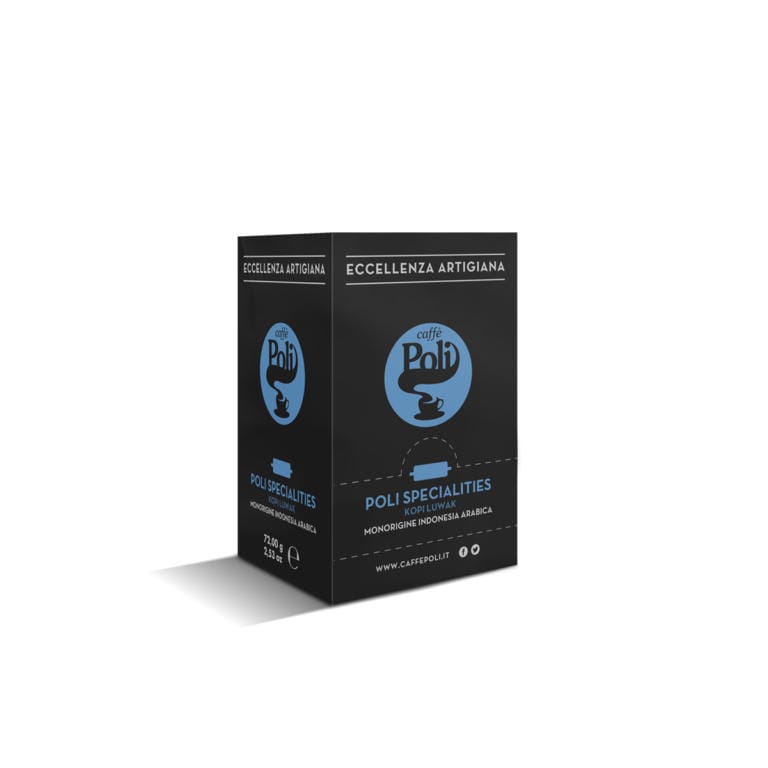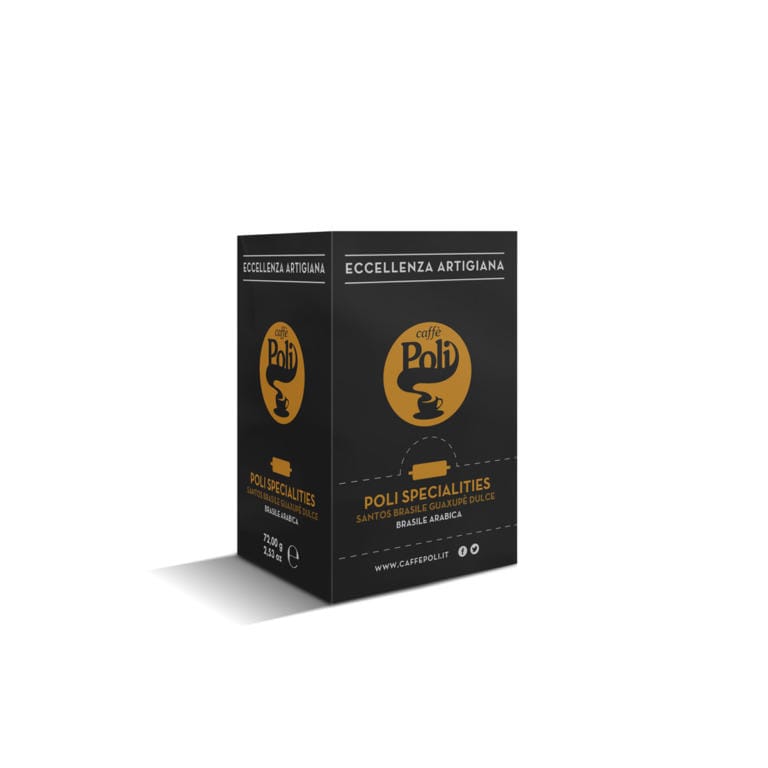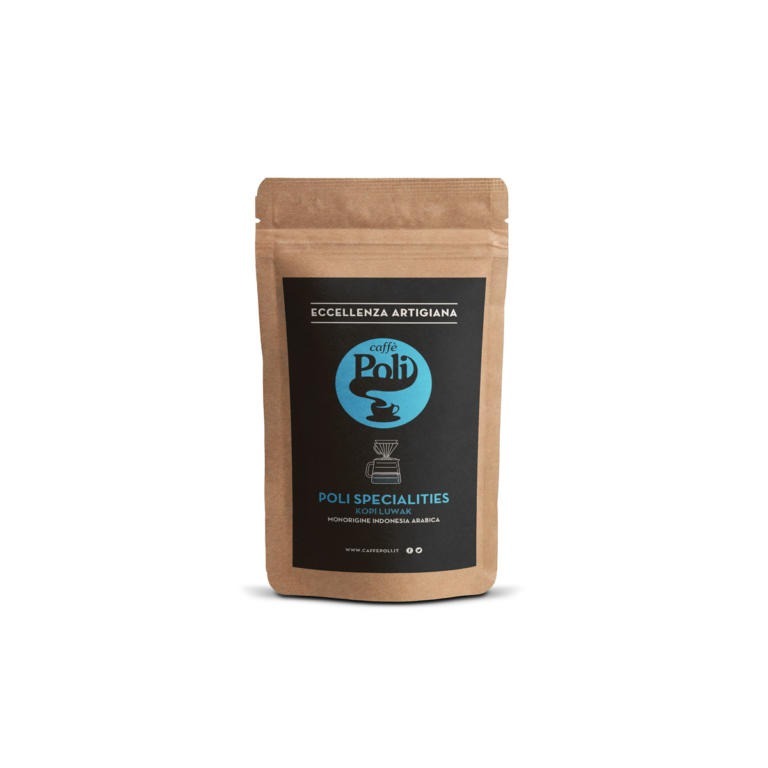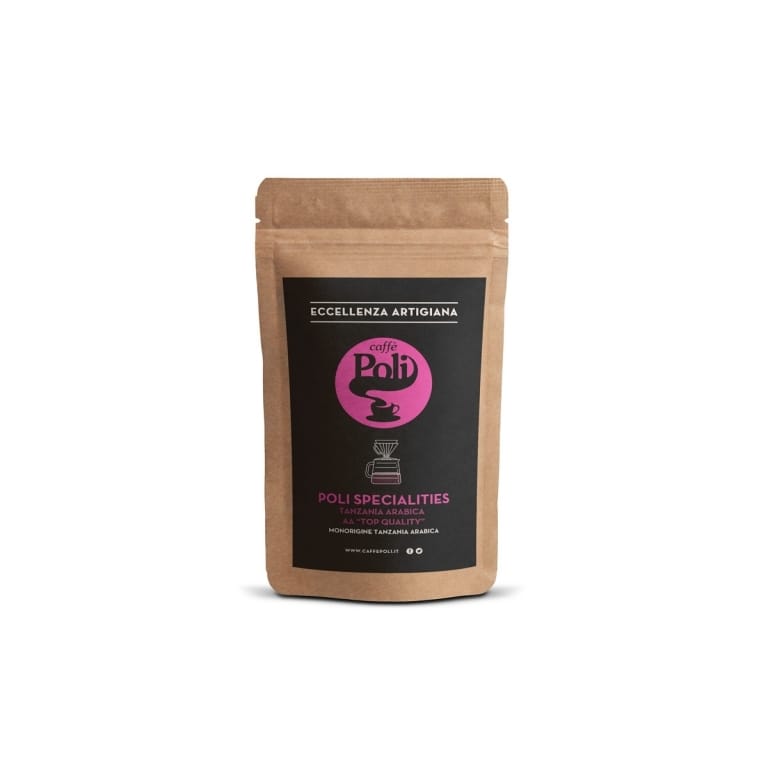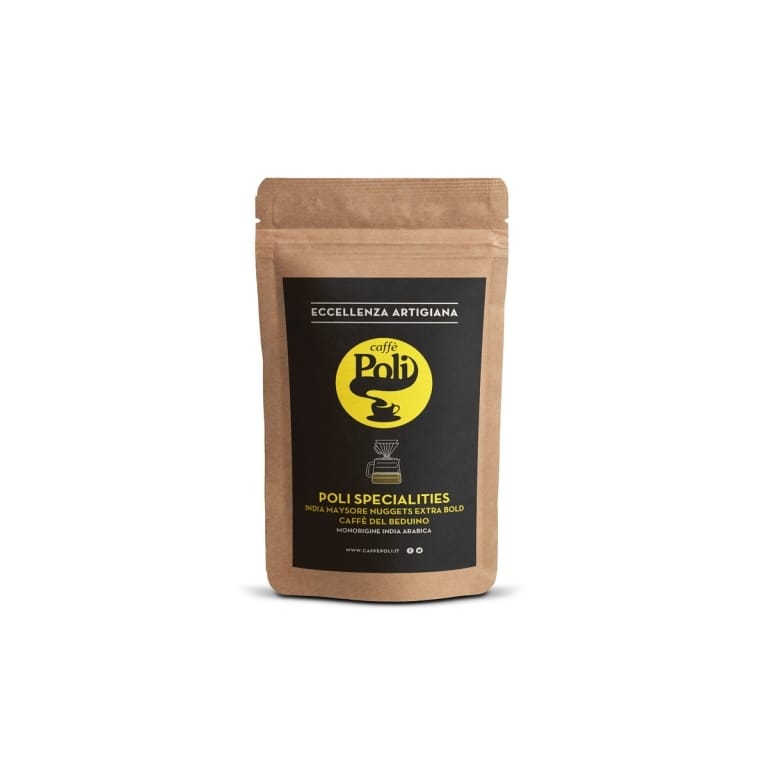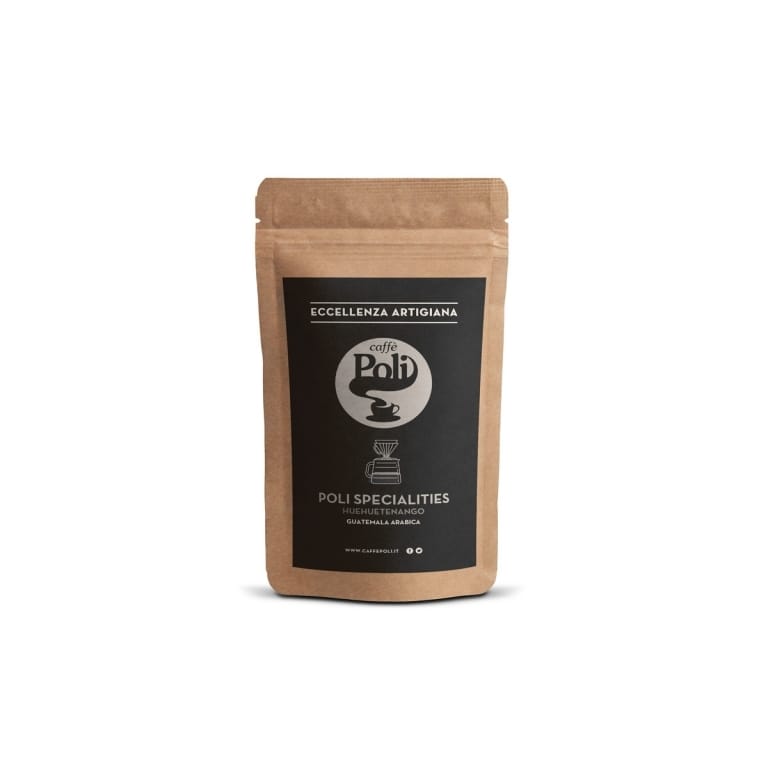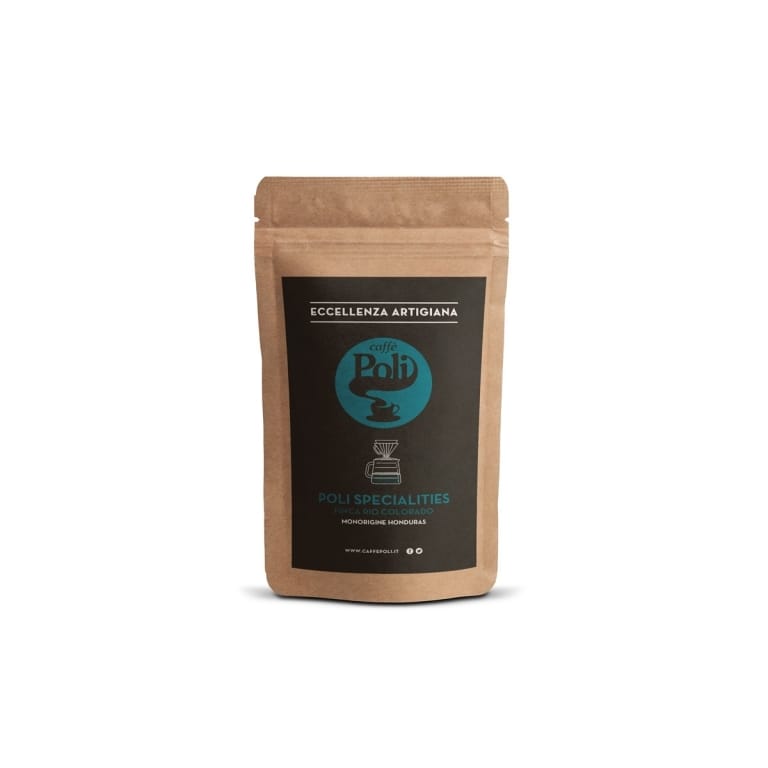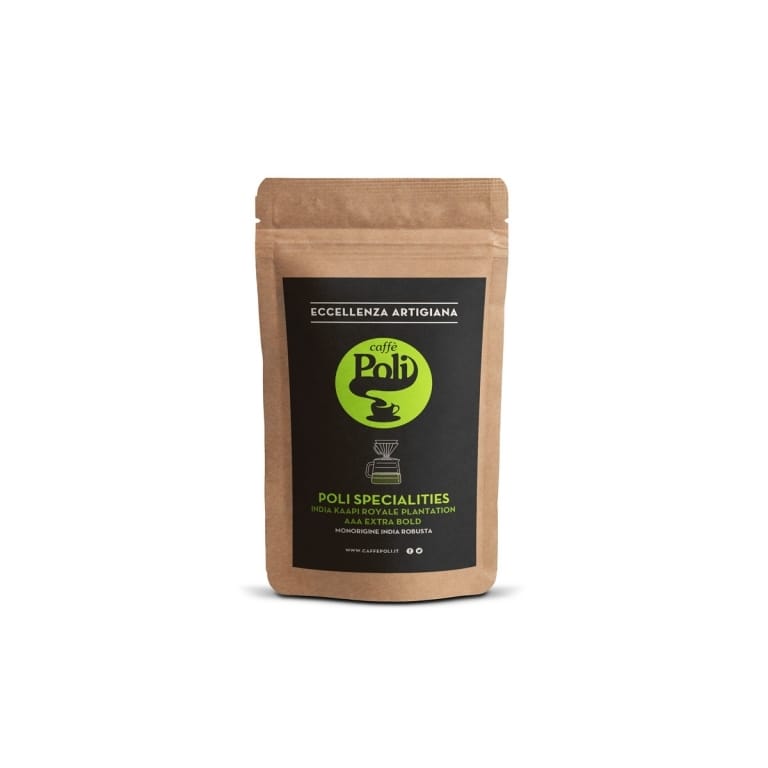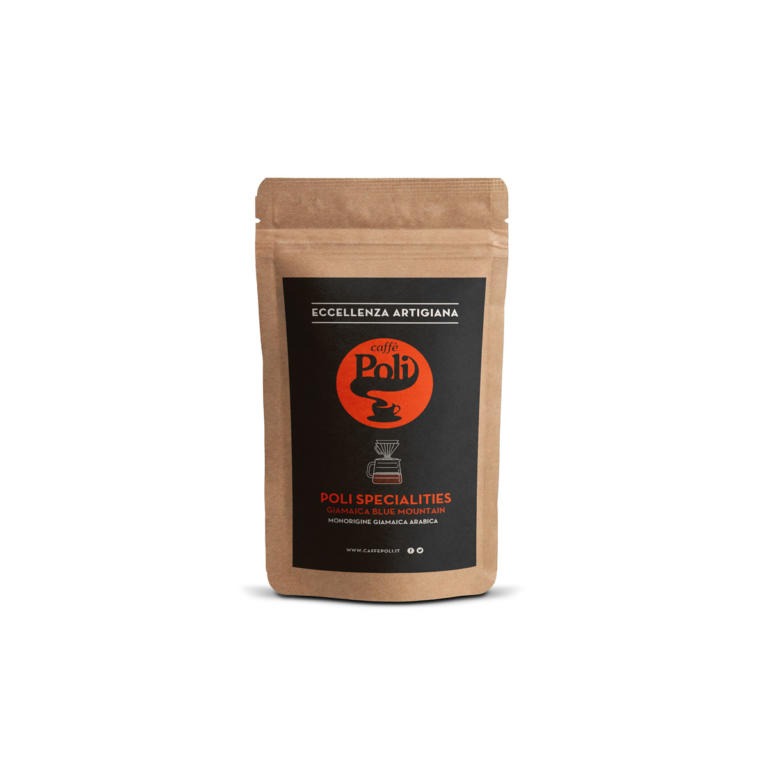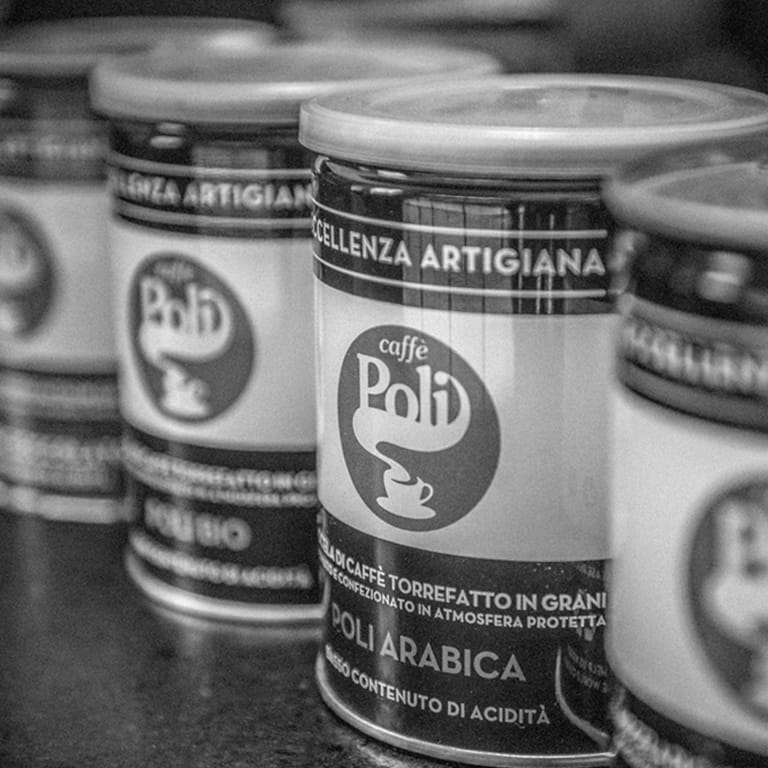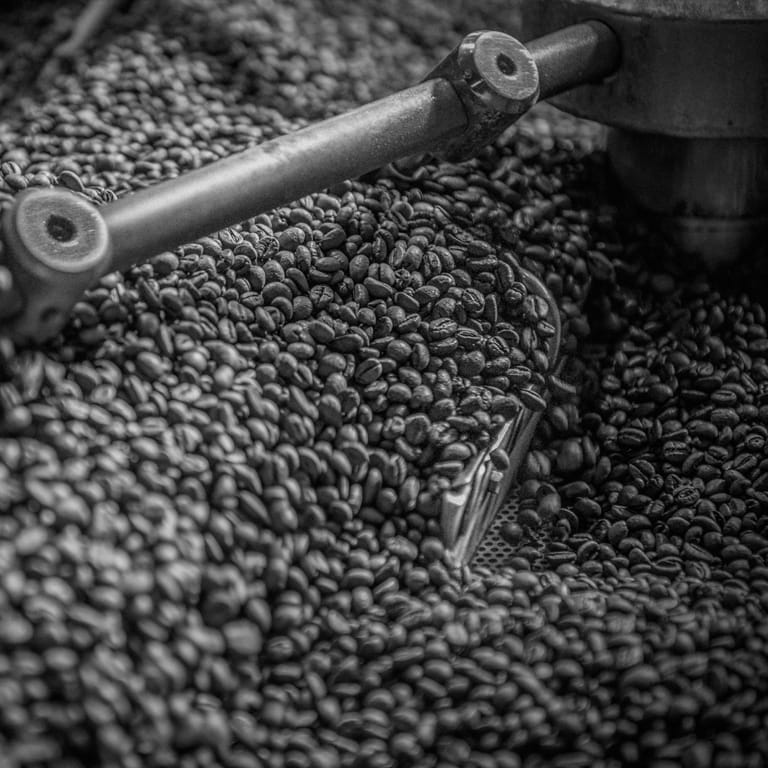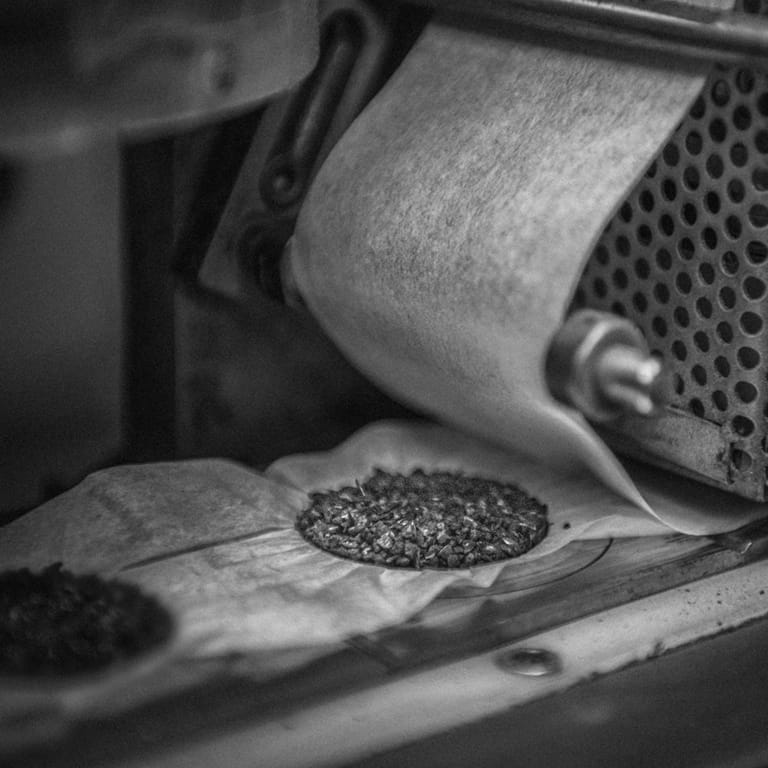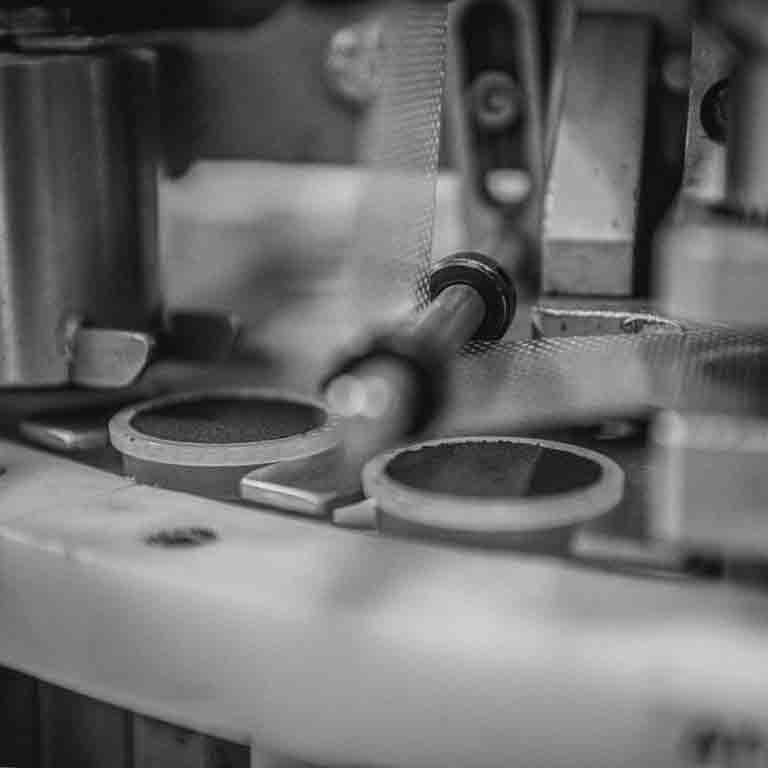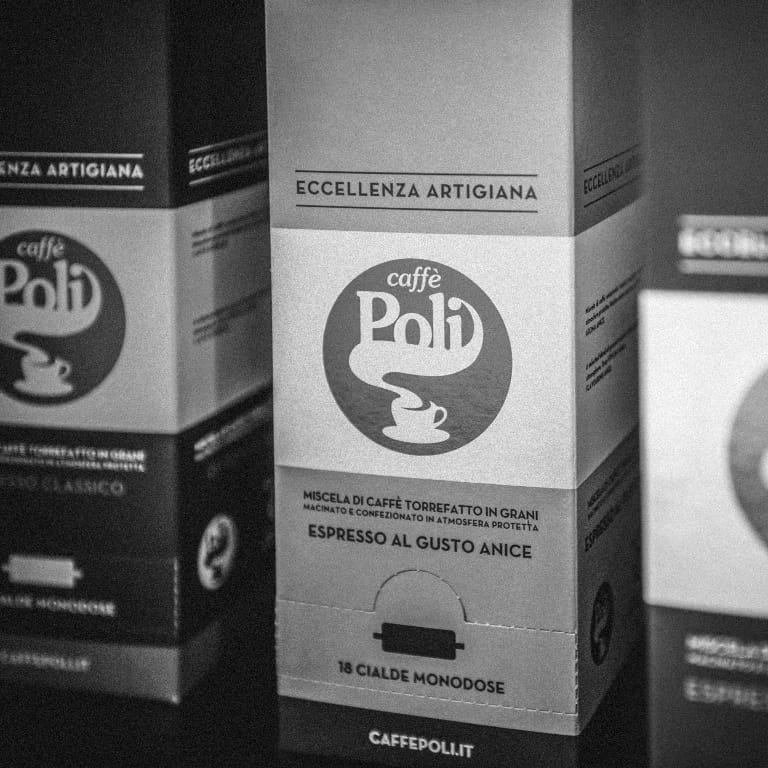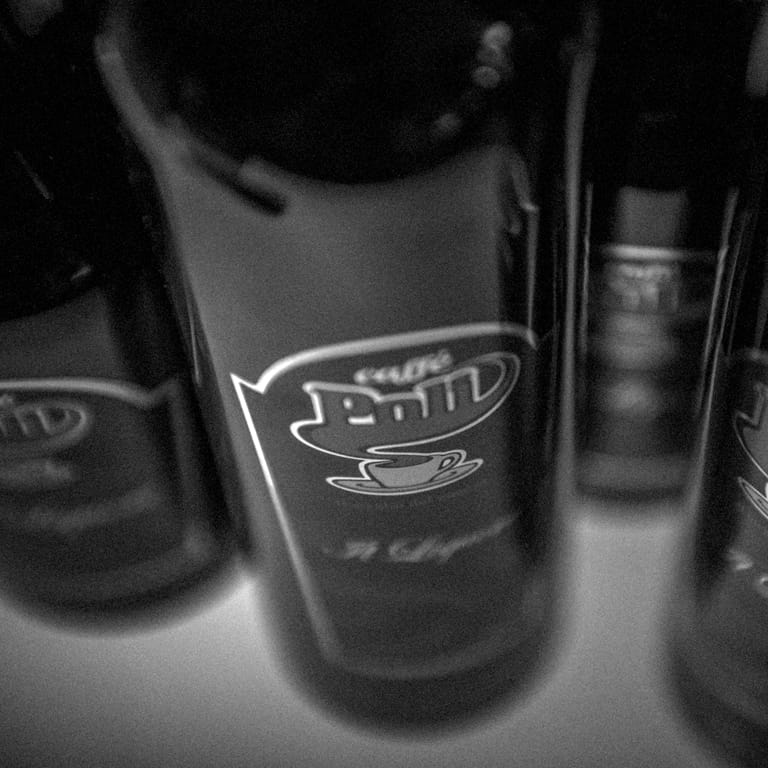The history
Brazil is the world’s largest co ee producer and exporter. Whilst it produces mainly Arabica, the country also boasts a sizeable production of Robusta. Co ee is mainly strip- harvested but some plantations use automated harvesting machines similar to those employed in olive-harvesting. The majority of co ee is dry-processed, whilst the semi-washed co ee processing method is called “cereja descascado”. Brazilian co ees are known on the international market by names that correspond to their location of origin or production; in particular, nely ground Arabica co ees are named after the Port of Santos, the most important co ee port worldwide. Besides Brazilian Santos, another famous denomination is Rio, which refers to a type of co ee with a distinctive taste produced in the State of Rio as well as in a region called Zona de Mata, in the state of Minas Gerais or Espirito Santo.The Brazilian classi cation system is the most comprehensive of all, covering all observable aspects of a speci c batch from a visual, olfactory and gustatory point of view. Natural Arabica is very carefully selected and marketed by the Exportadora de Cafè Guaxupè, one of the top ten Brazilian exporters based in the heart of the southern region of Minas Gerais. As much as 35 to 40% of the total national production of quality co ee is concentrated in this area. The co ee is sweet and balanced with a slightly chocolatey aftertaste.
An important characteristic of our co ees is that they are artisan- roasted: only experience and human supervision can guarantee optimal roasting. Indeed, successful co ee roasting depends on achieving a ne balance between time and temperature.
